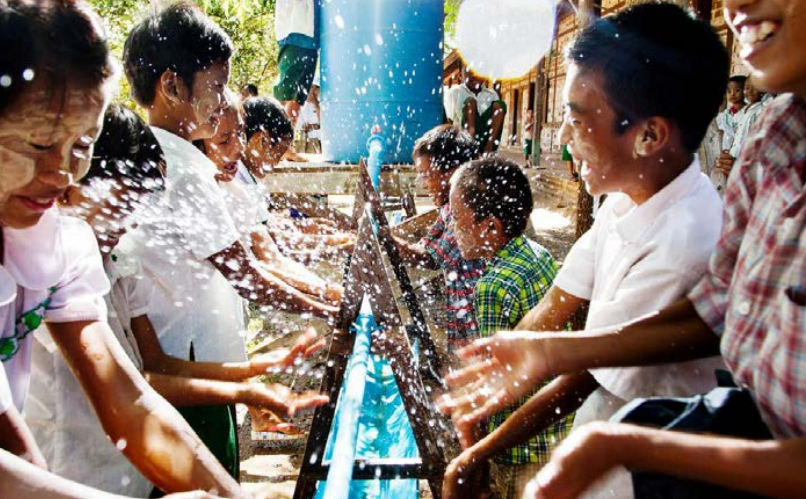30% of schools do not have access to safe drinking water, report finds

A new report from the UN Children’s fund (UNICEF) and the World Health Organisation (WHO) titled ‘Drinking Water, Sanitation and Hygiene in Schools’ has revealed a worrying lack of clean water and sanitation in schools around the world, risking the lives of millions of children.
The report found that 30% of schools around the world do not provide safe drinking water; a third no not provide basic toilet facilities and 900 million children go to school where there is no handwashing facilities with soap and water.
The annual report is produced annually to monitor global progress on drinking water, sanitation and hygiene since 1990. It looks in particular at the progress made towards achieving SDG 6 (clean water and sanitation) and SDG (inclusive and equitable education).
The report found that 570 million children worldwide lack a basic water service and had either limited or no drinking water service in their school. Provision of water services is recognised by WHO and UNICEF as one of the most effective practices in increasing access and learning outcomes.
Similarly, the availability of functional and private toilets positively impacts health and learning outcomes, especially for girls. The report found that despite 66% of schools having improved single-sex sanitation facilities, 23% of schools had no service and relied on below standard sanitation facilities, or none at all. It is estimated that 620 million children lack a basic service and have either limited or no sanitation service at their school.
According to the report just over 50% of schools worldwide have handwashing facilities; 11% of schools have handwashing facilities but no soap and 36% of schools had no handwashing service at all. Estimates suggest 850 million children lack a basic service at their school.
Kelly Ann Naylor, Global Chief of Water, Sanitation and Hygiene at UNICEF, commented:
“If education is the key to helping children escape poverty, access to water and sanitation is key to helping children safely maximise their education. To neglect this is to be careless with the well-being and health of children"
The UN Sustainable Development Goals aim to provide safe water and hygiene facilities for all and ensure all children get a comprehensive education. The recent report raises concerns over global progress towards the goals.
The report highlights the importance of improving water and sanitation facilities in schools as good facilities provide the basis of a healthy learning environment and that girls are more likely to attend school when they are on their period.
Join us for the 10th Anniversary AIDF Global Summit to discuss the latest innovations and challenges in Water and sanitation.
If you’d like to stay informed on the latest updates in aid and development, please sign up for the AIDF newsletter.
Image credit: WHO/UNICEF











-115x71.jpg)



